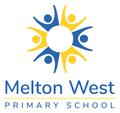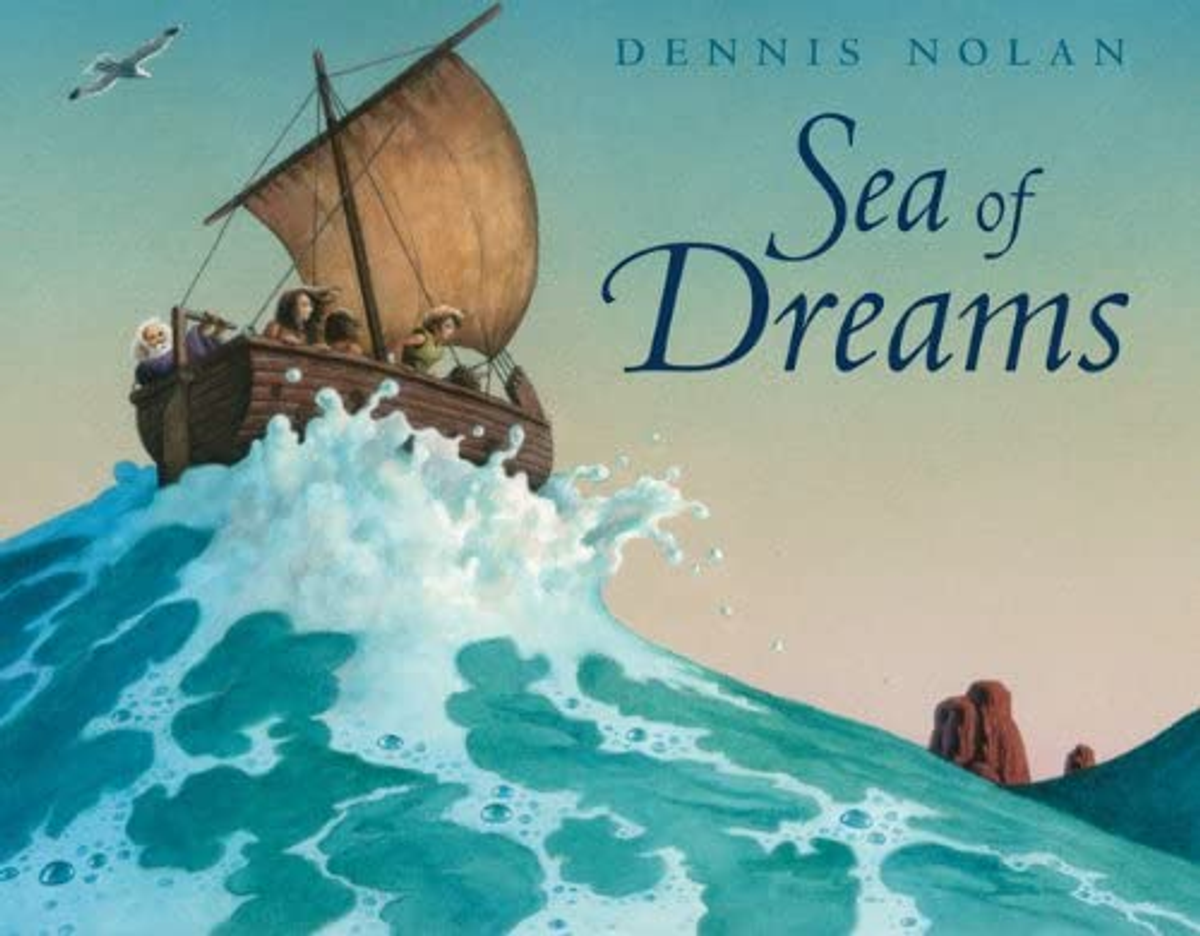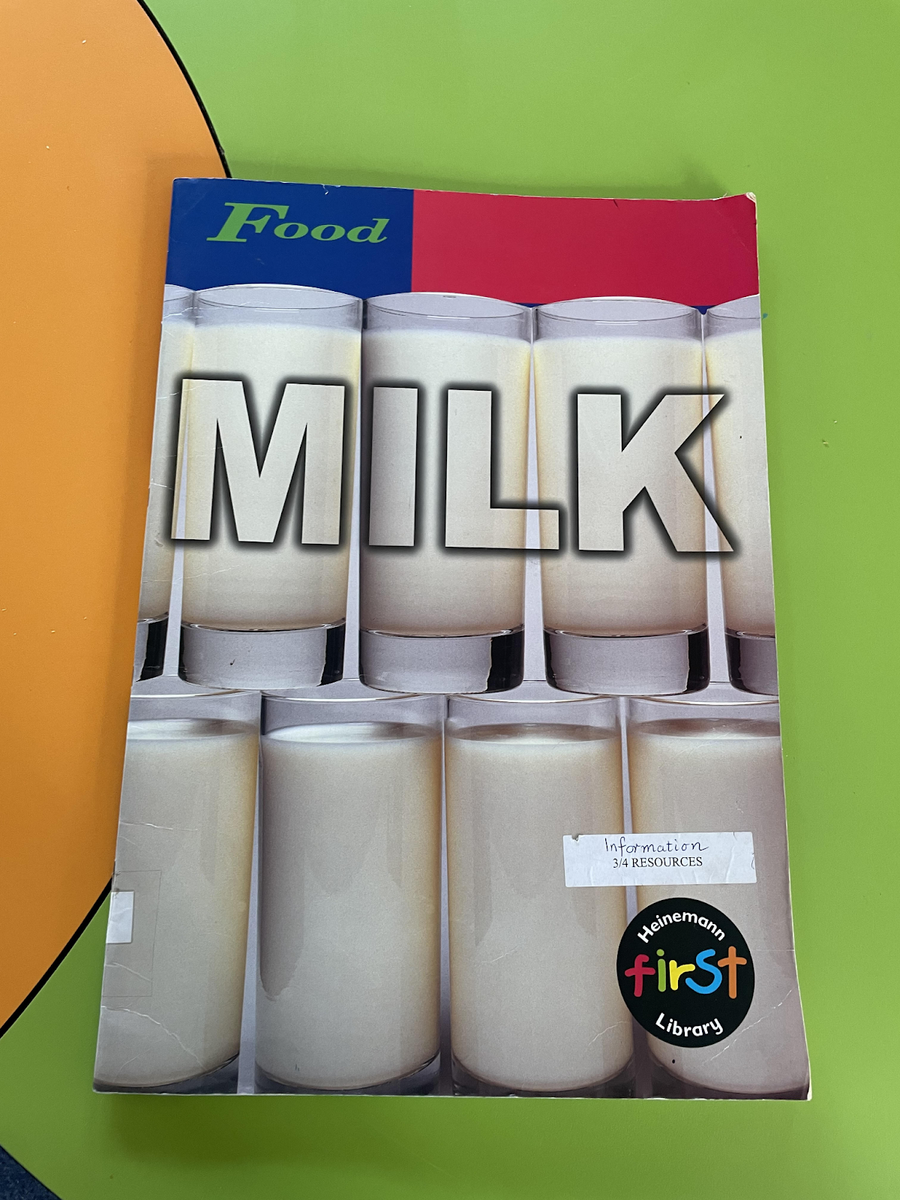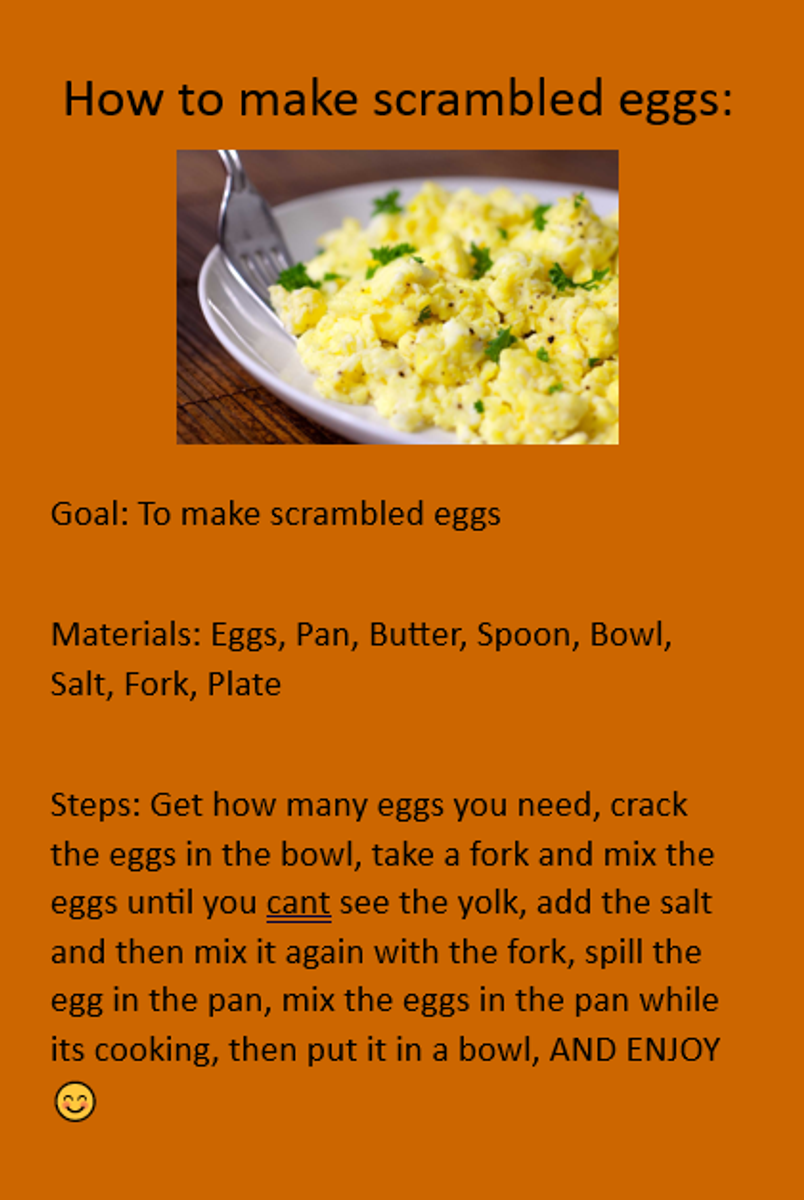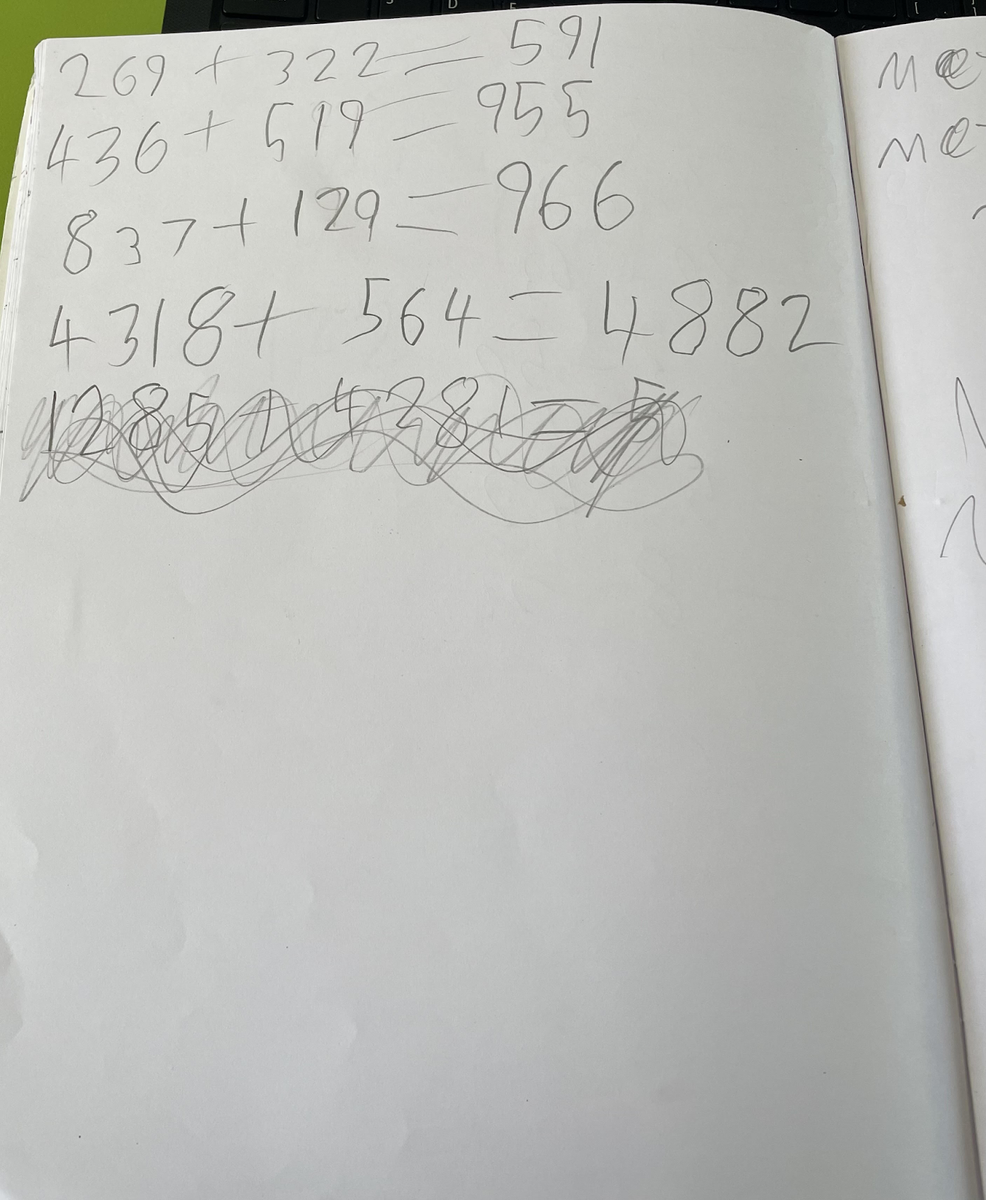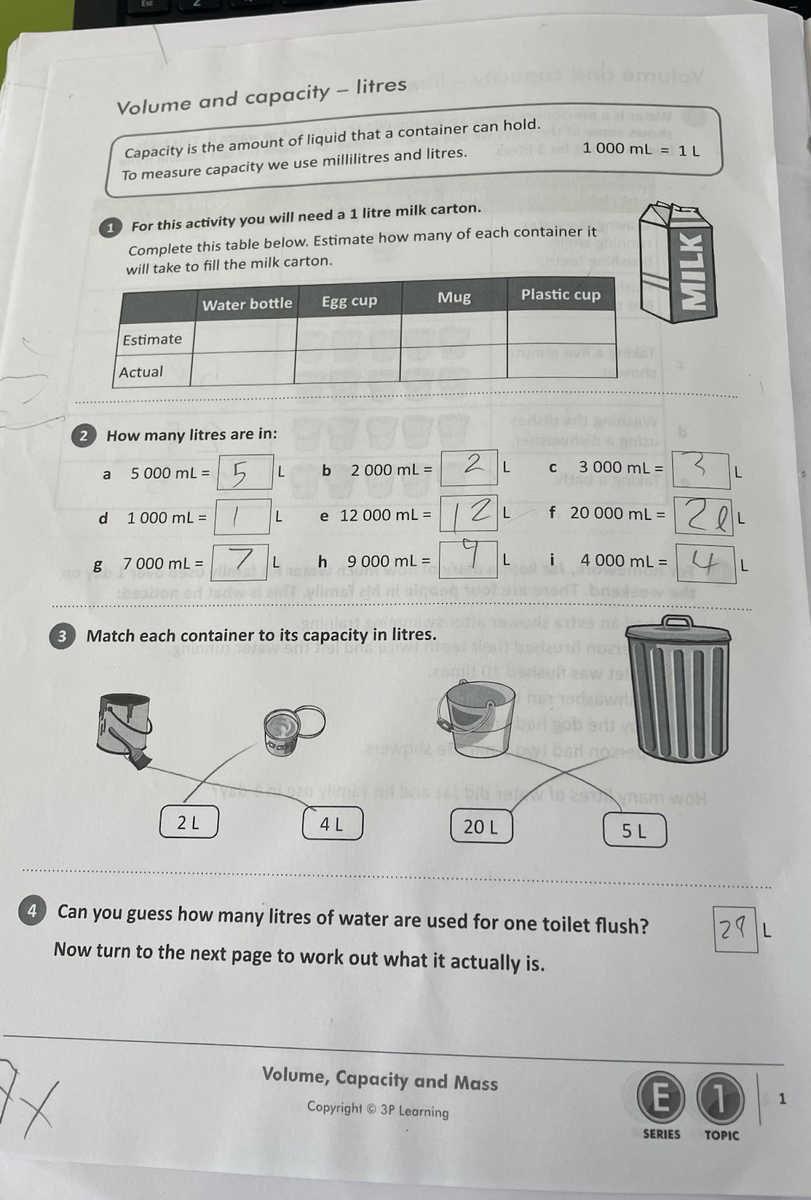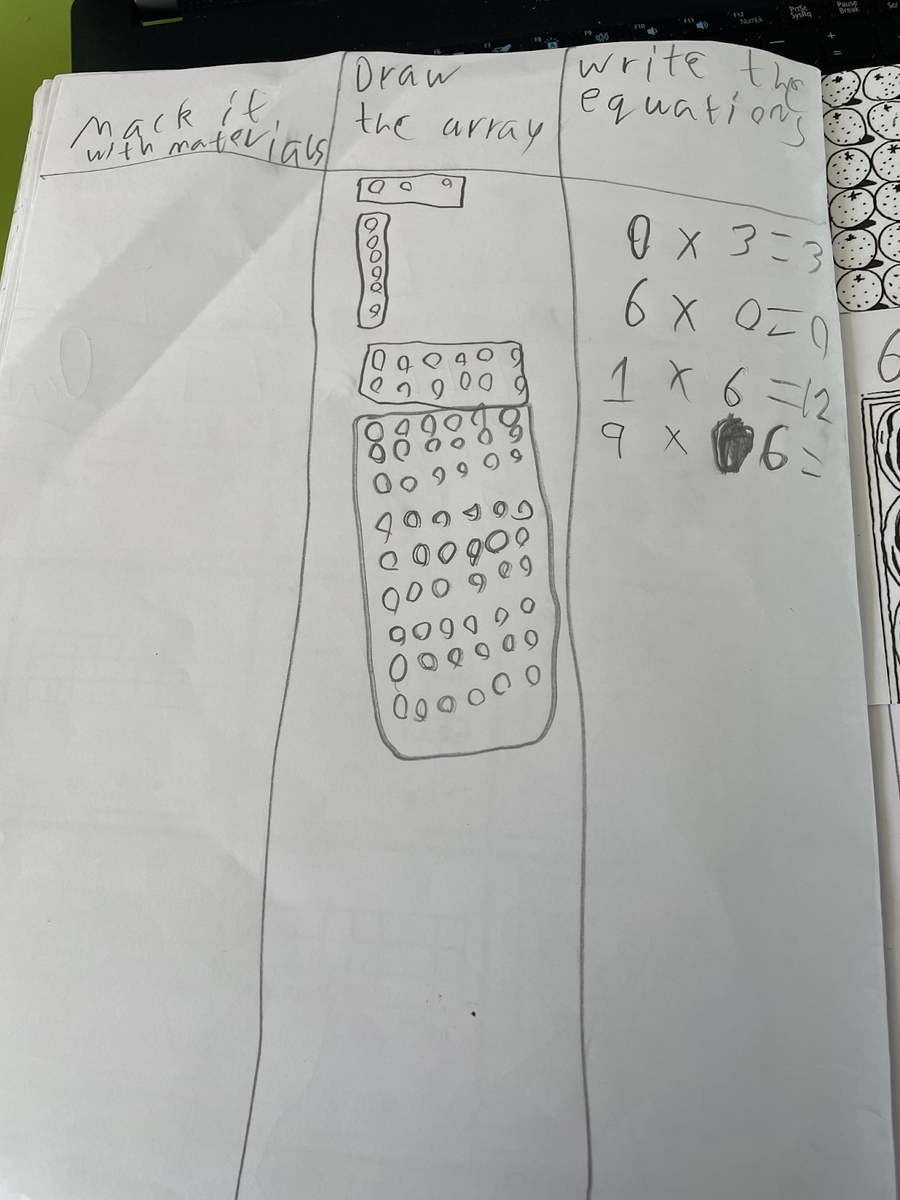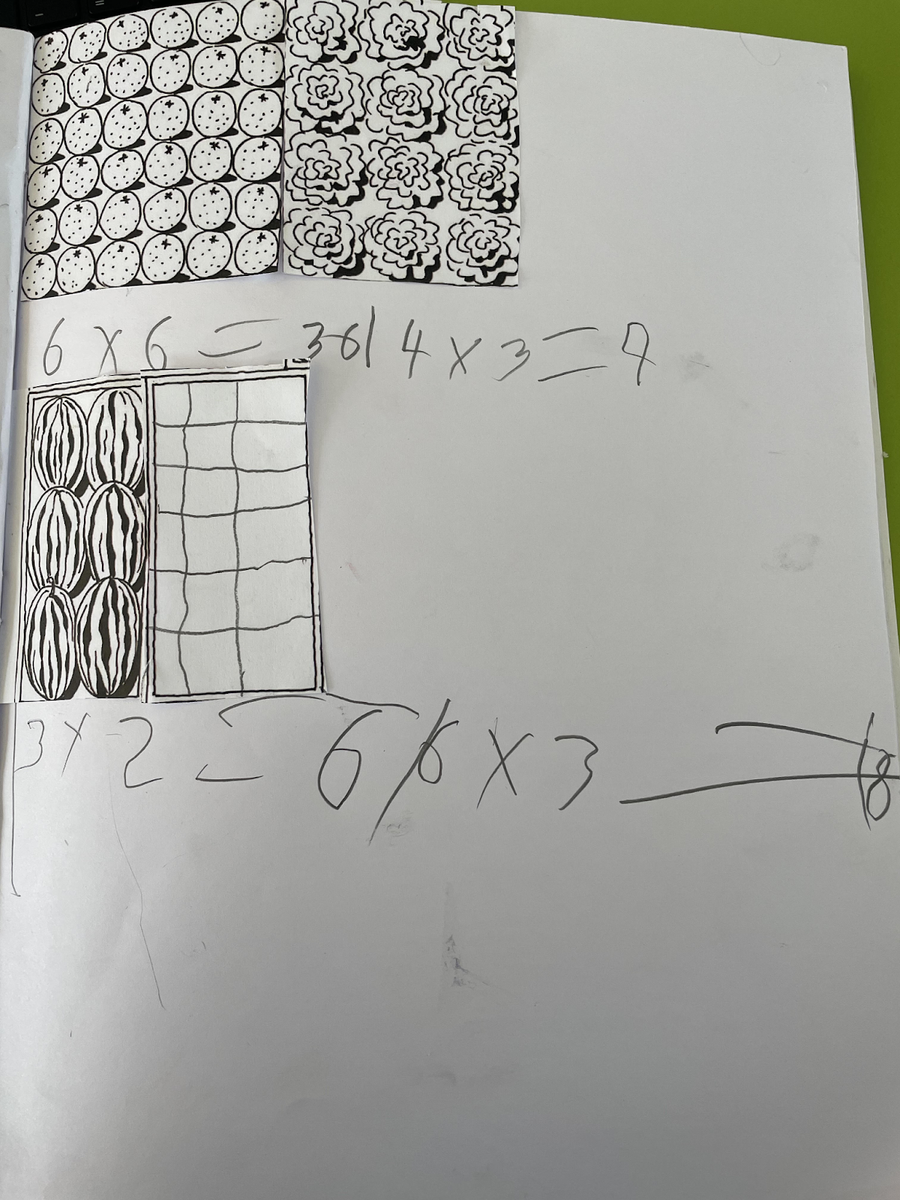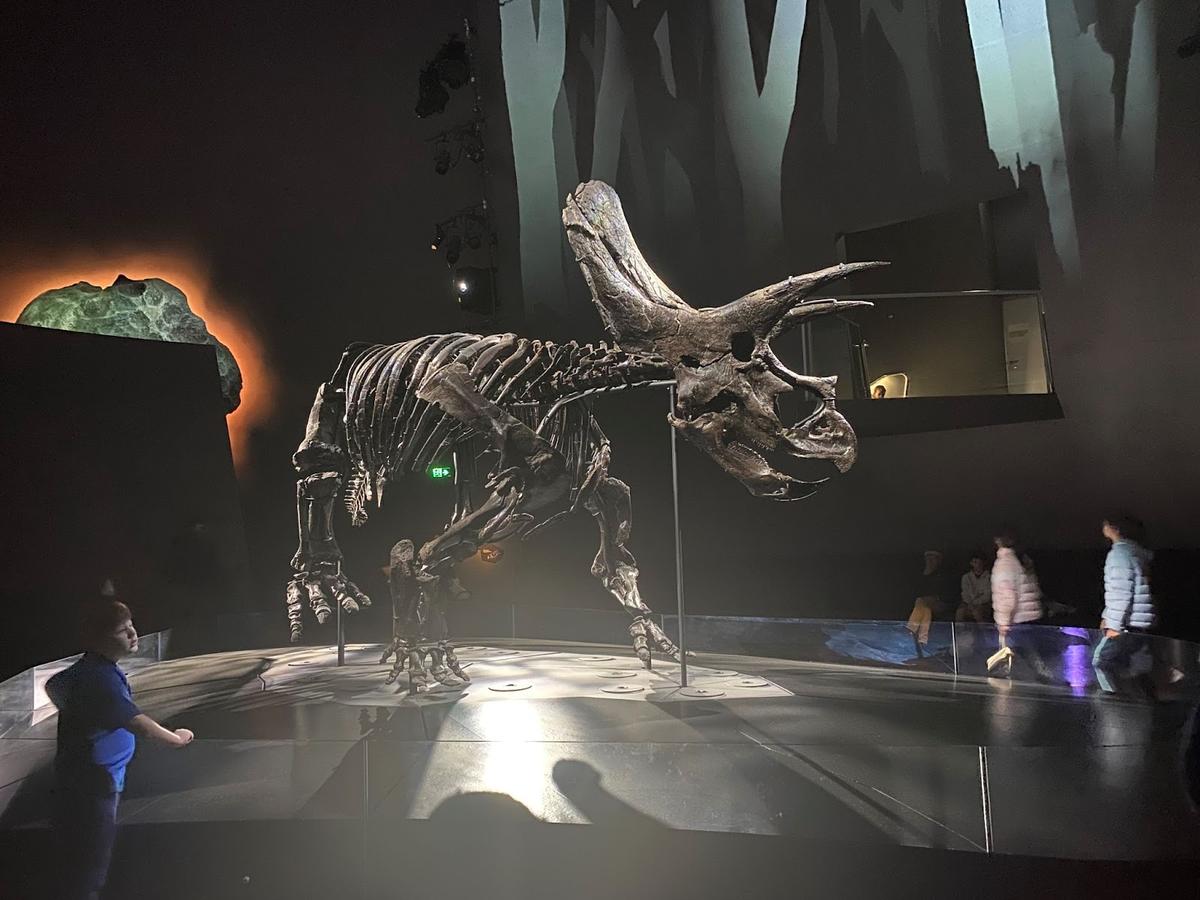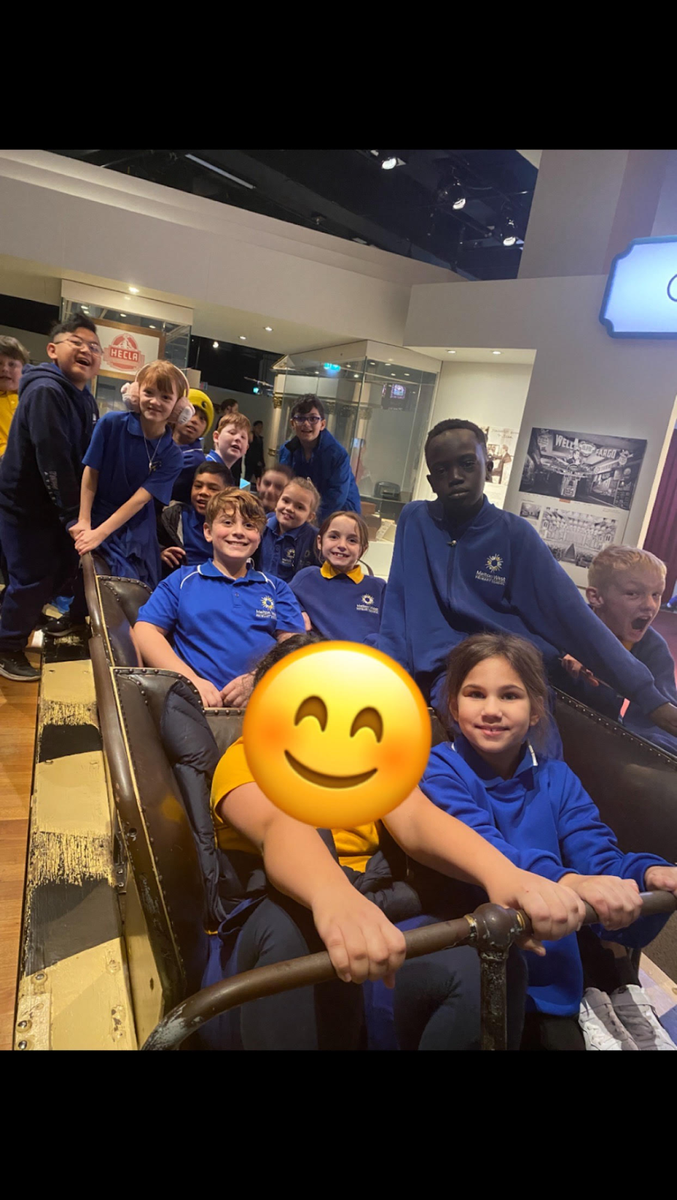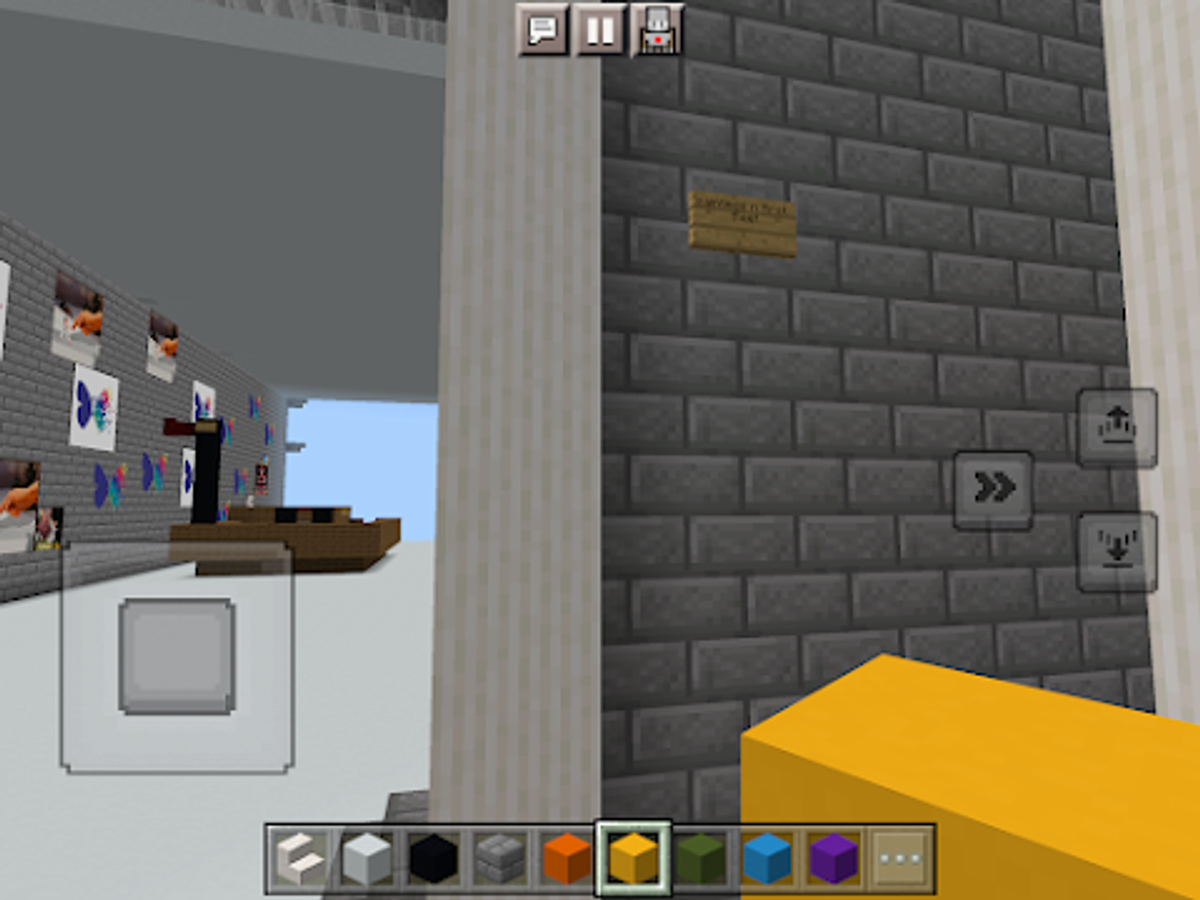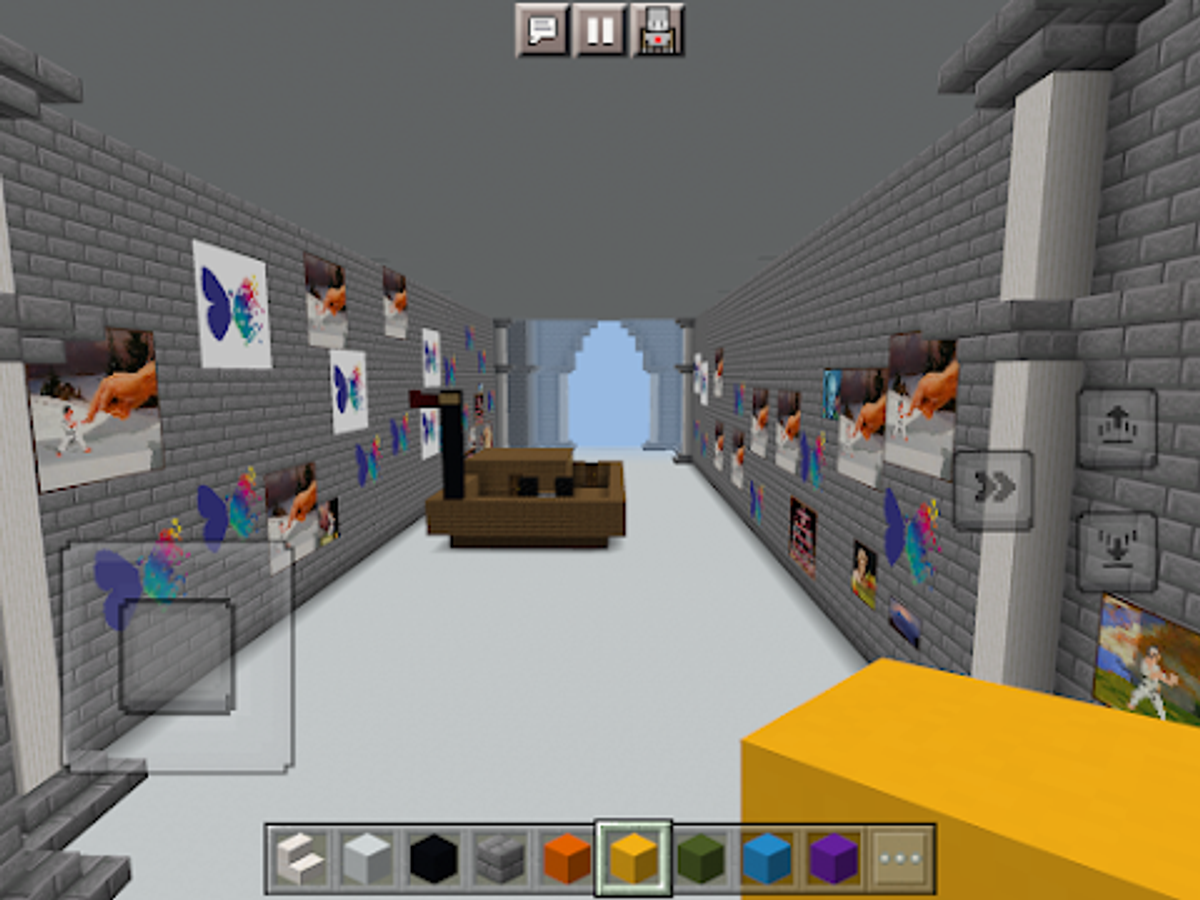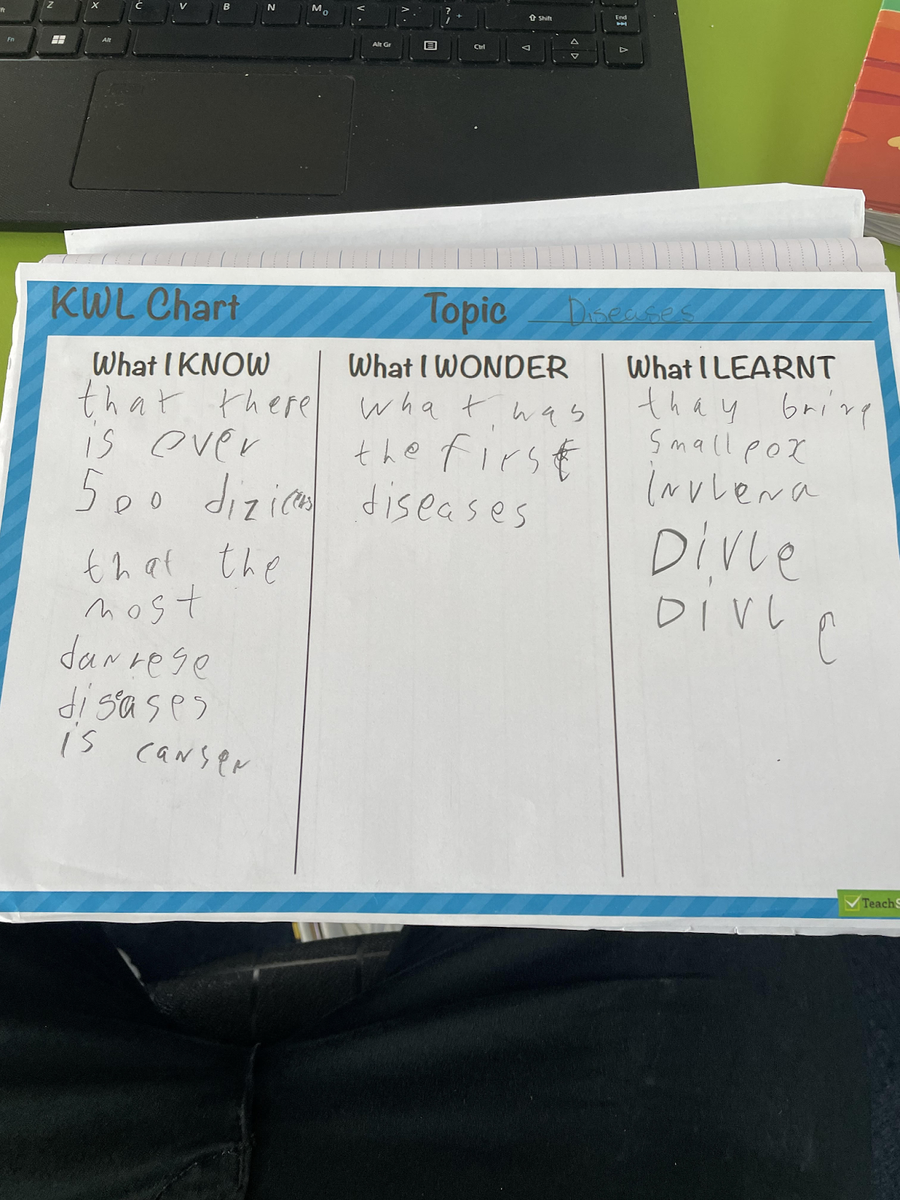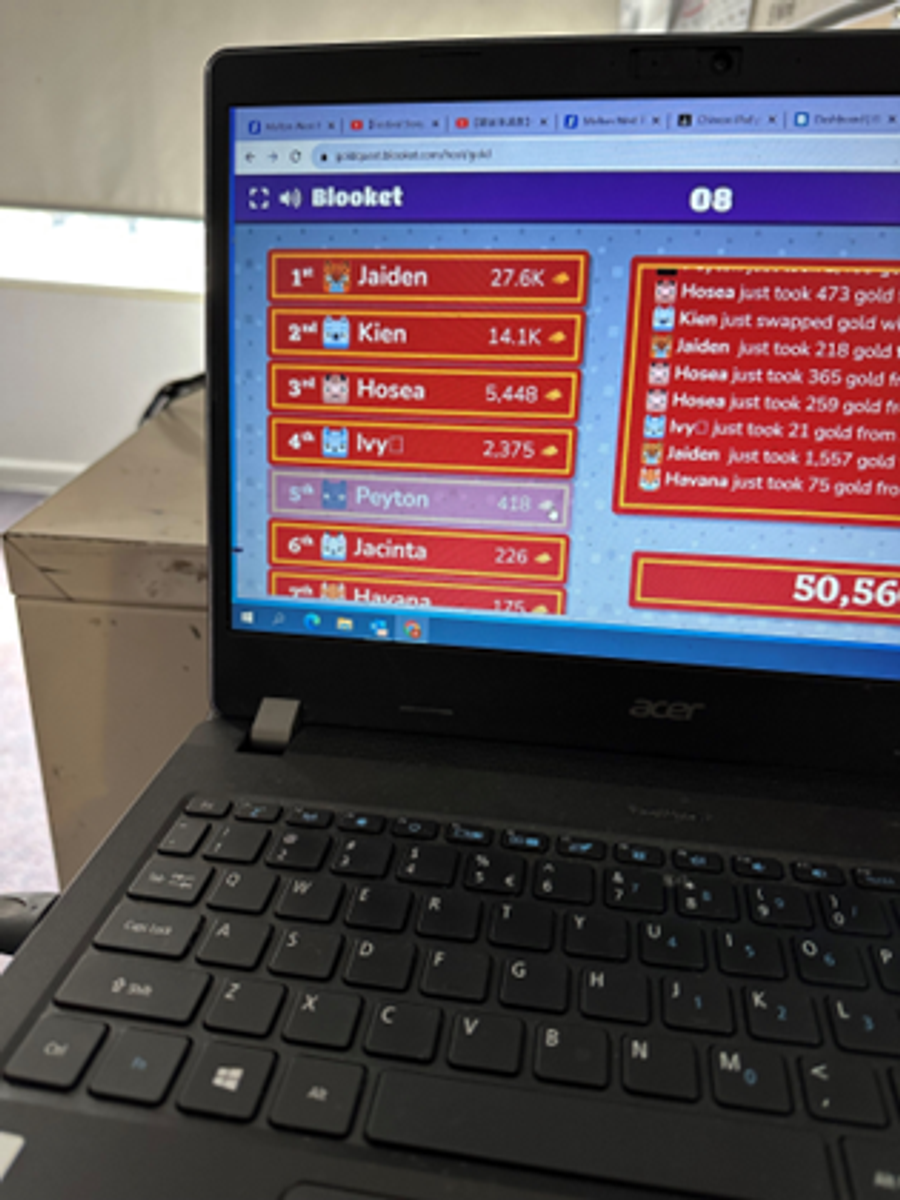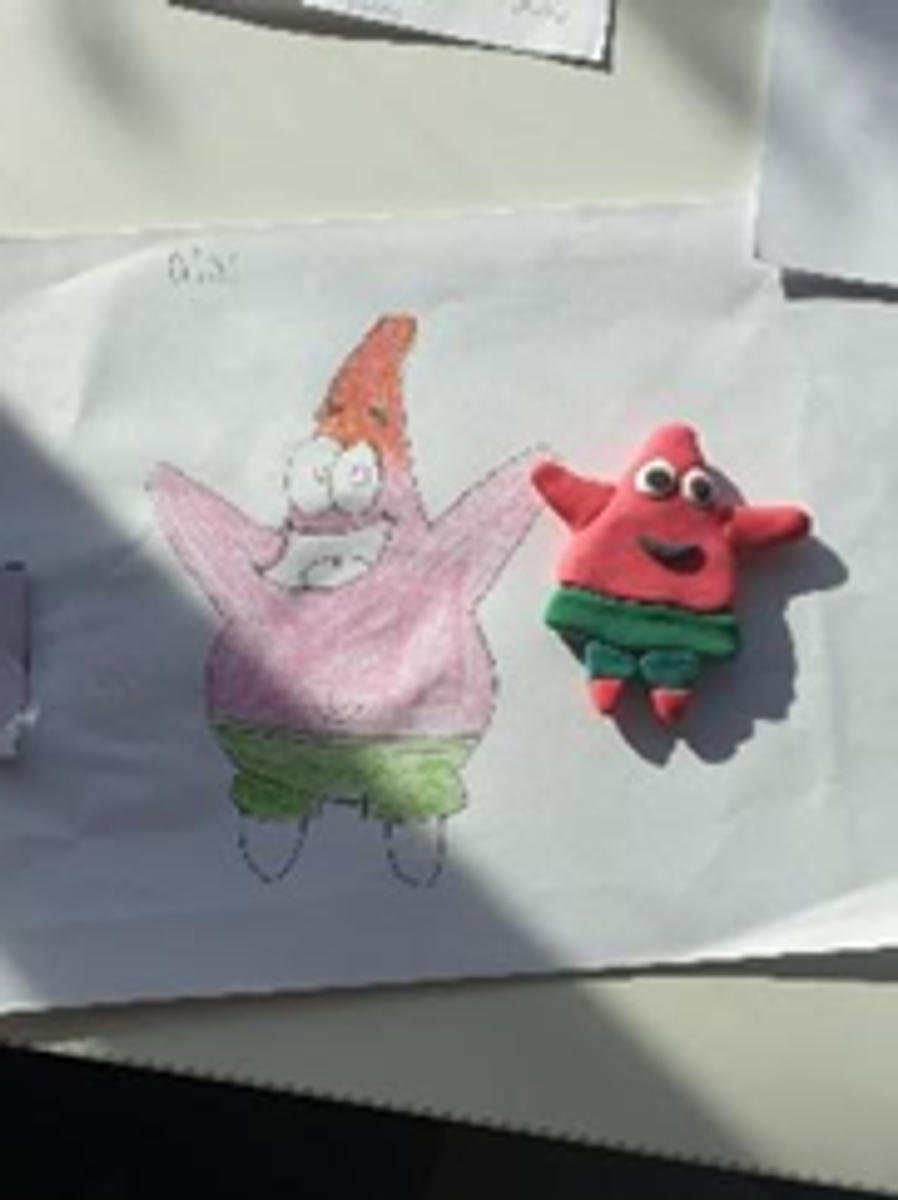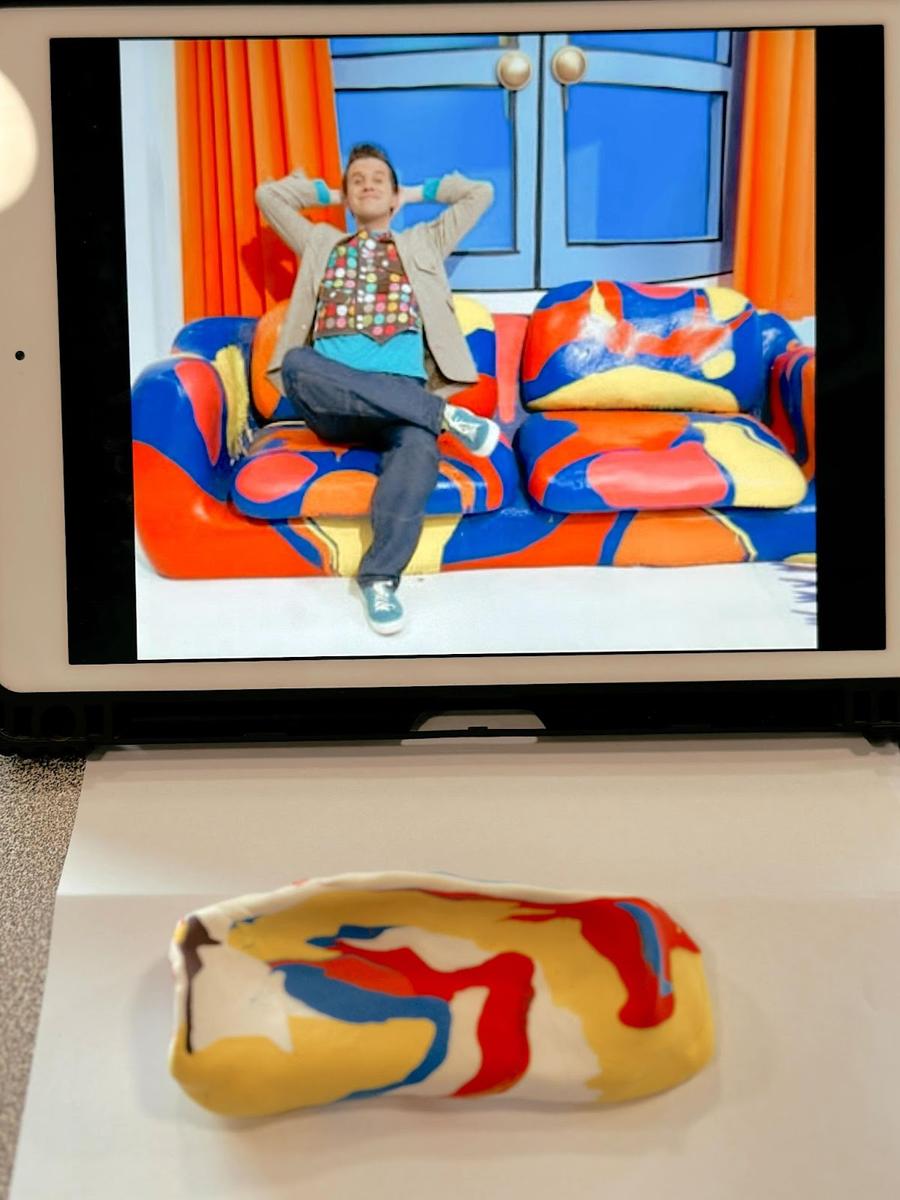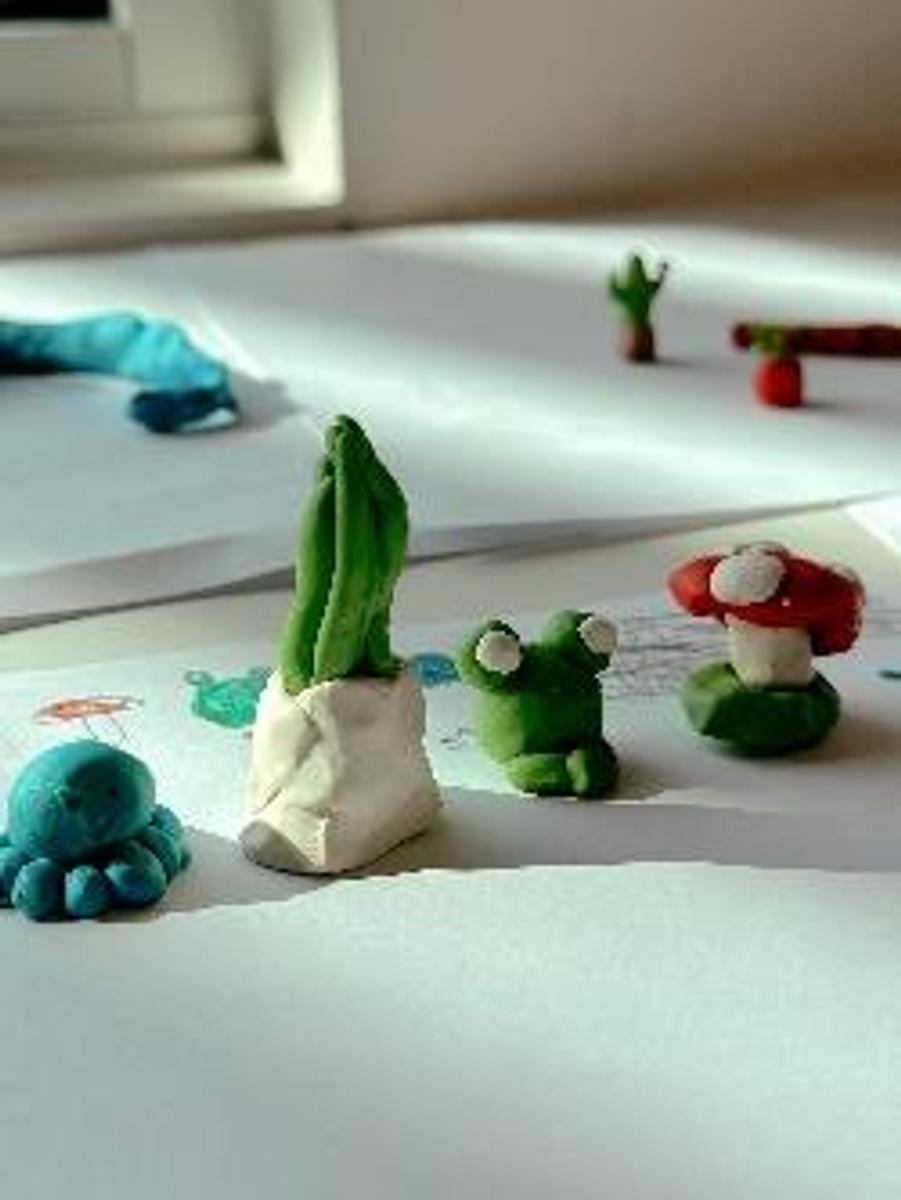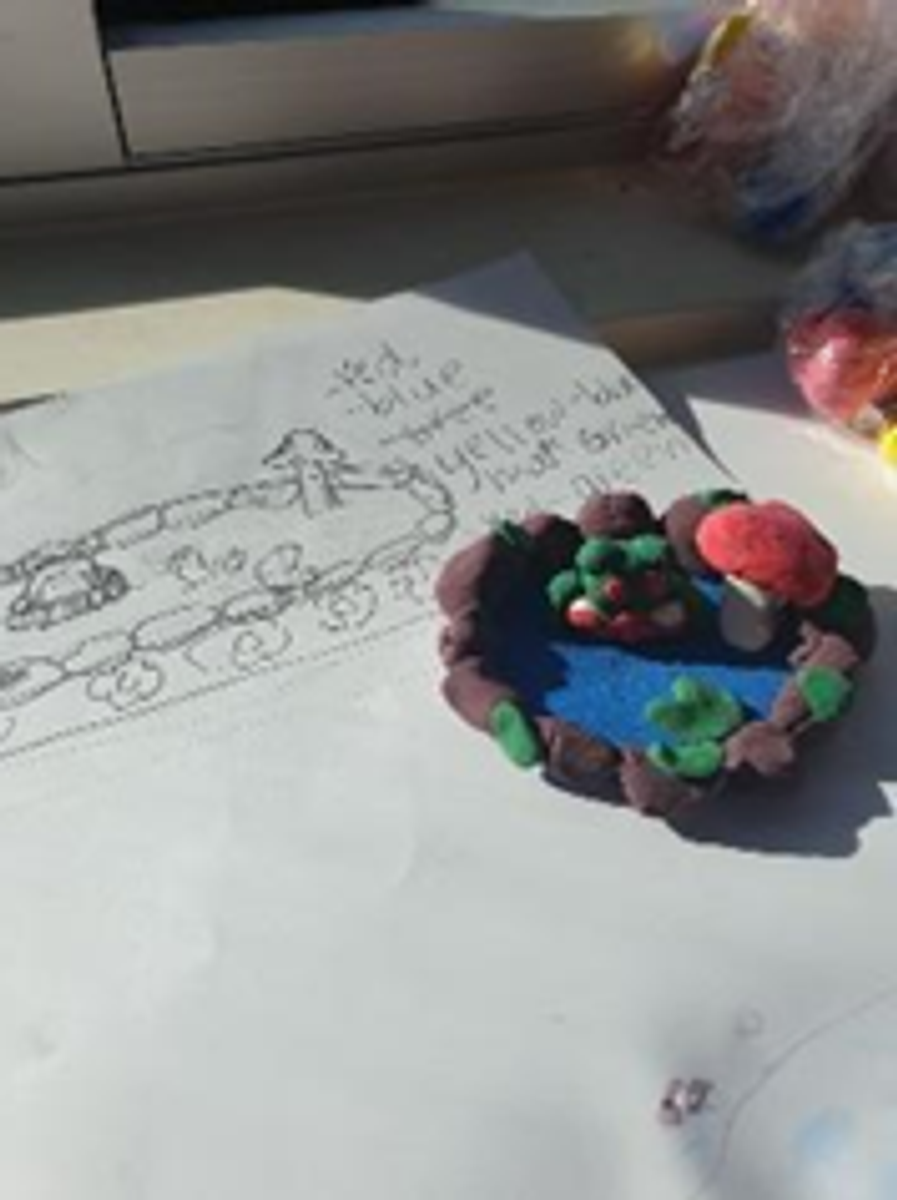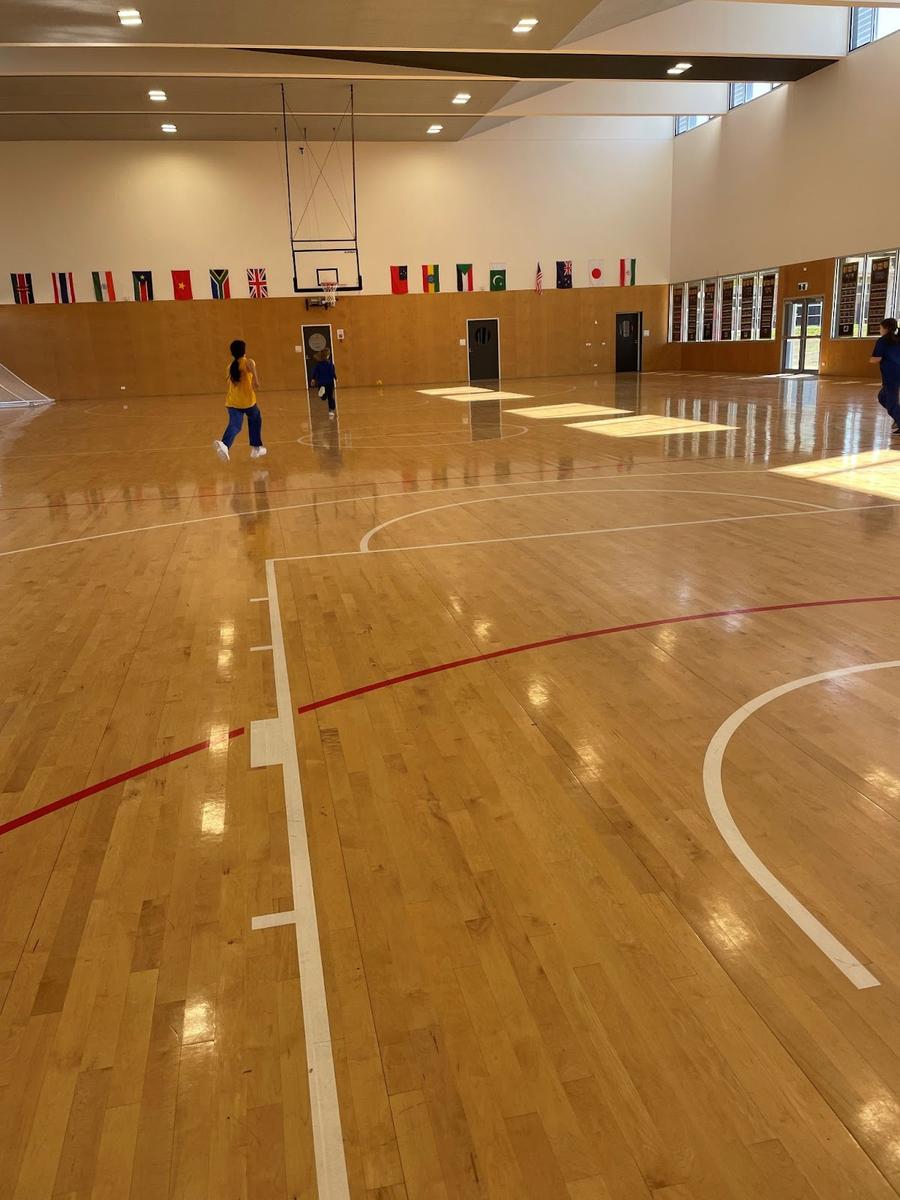Year 3
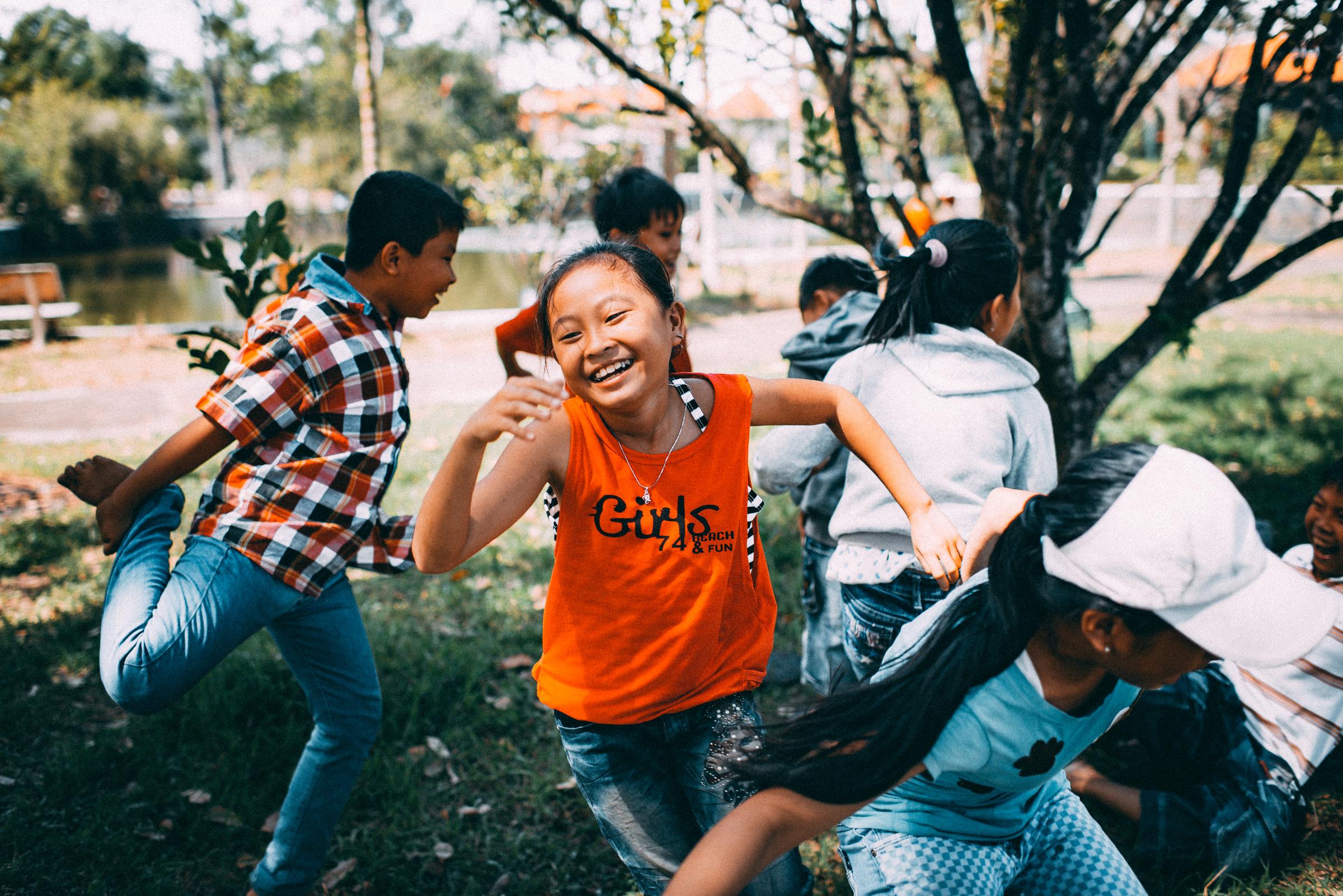
English
Reading
This term in Reading, Grade 3 students had a major focus on Questioning to help us further understand and engage in the texts we read. Students began identifying the differences between a question and a statement. This allowed them to ask questions about the texts we were reading throughout the completion of the term. As the term progressed, students read a variety of fiction and non-fiction texts (See below) first analysing key vocabulary found within the text and then asking thin (Yes or no answer) or thick (open ended, I wonder) questions they had about the text. They then determined and explained how they were able to answer these questions they had about the text. Once students had asked their thin and thick questions they were asked to write a short summary of the text they had just read. We also focused on synthesizing twice a week throughout the completion of the term. This involved students, establishing what they already knew, what they wanted to learn and finally what they have learnt about a text they have just read. They were then required to research further about the topic they had just read about. Fantastic work grade 3’s!
Writing
This term in writing, Grade 3 students began the term constructing procedural texts. As a year level, we began looking at the structure of a procedural text, which included a goal, materials and steps on how to achieve the goal of the procedural text. They will then establish a class topic that they will focus on for the entirety of the term. Students will be focusing on non-fiction procedural texts that will teach someone how to do or make something. Students will then analyse key vocabulary in the texts they have just written. They will then commence writing their own procedural texts incorporating a goal, materials and steps on how to do or make something. They will finally incorporate revising and editing strategies such as ARMS and CUPS to ensure their work is completed to the highest standard possible. In the second half of the Students will focus on constructing information reports. Students will begin the topic by looking at different examples of information reports. They will then move on to deconstructing an information report looking for text features such as diagrams, pictures, facts and content pages. Students will next focus on language features of an information report, before finally constructing with an example provided by a teacher their very own information report. Students will have the opportunity to write numerous different types of information reports throughout this topic.
Mathematics
This term in mathematics, students will begin the term learning using the three-two strategy, where they focus for three lessons in the first week revising their addition and subtraction strategies and the other two lessons on time. In addition and subtraction, students will focus on revising previously learnt addition and subtraction strategies such as part/part and whole, count on/count back, jump strategy, bridging strategy and finally near doubles. This is done to ensure they fully understand addition and subtraction. In the time unit, Students focused on being able to read an analog clock using correct terminology and being able to identify features of an analogue clock. Students then focused on elapsed time and how to use a calendar. The next topic students began learning was location. They were learning about visualization strategies they can use to follow and give instructions, Often teaming up with a buddy and providing them with set instructions to navigate them around the school. They learnt about understanding and reading maps as well as creating a simple map of a known place to them. Over the last half of the term students were again learning using the three-two strategy, focusing on multiplication and division for three lessons a week and capacity and area for two lessons a week over six weeks. In multiplication and division students learnt to solve multiplication and division equations using different types of strategies such as arrays, fact families and skip counting. Learning also had a heavy focus on open ended problems to ensure they are able to use these strategies in the real world. During the commencement of the capacity topic, students learnt about the formal units of measurement as well as comparing, measuring and ordering the capacity of an object. Lastly, students are currently focusing on the topic of Area. This involves students understanding that area is the space within a shape. They will solve the area of different types of two-dimensional shapes as well as solve worded area problems. Congratulations on a successful term 3 grade 3’s.
Inquiry
On the first day of term, students and staff Visited the Bunjilaka section of the Melbourne Museum. This was a fantastic day and it set up the students when learning there next topic, “Roam if you want to”
In term 3, our Grade 3 learners explored a topic called, ‘Roam If You Want To’. The key understanding for this unit is: ‘European settlement had a major and lasting impact on the lives of the Indigenous people of Australia.’
Students will work on their research skills as they inquire into why the great explorations occurred and why Europeans settled in Australia. They will have access to a selection of experiences, websites and videos from which they can find the answers to their questions and take notes, also furthering their experiences in ICT. Students will also build and deepen their understanding of the nature and consequence of contact between Aboriginal and Torres Strait Islander peoples and early traders, explorers and settlers. Our Grade 3 students will explore how life was for the Indigenous Australians before European settlement and compare this to how life changed when the Europeans established a penal colony in Botany Bay. Students will then synthesise their notes and findings to create a final assessment piece that shows the causes and effects of European settlement on an Australian area with the use of ICT to support their arguments. It is sure to be a fantastic term in inquiry.
Science
During Term 3, Grade 3 students have been focusing on the Physical Science strand. Students in Grade 3 have observed how speed is affected by the size of a force. They have explored how non-contact forces are similar to contact forces in terms of objects pushing and pulling another objects. Students have learnt about the effects of friction on different surfaces, such as tyres and shoes on a range of surfaces. Grade 3's also investigated the effect of forces on the behaviour of an object through actions such as throwing, dropping, bouncing and rolling. Students have explored the forces of attraction and repulsion between magnets.
During these investigations students have developed the following science inquiry skills – questioning and predicting, planning and conducting, processing and analysing data and information, evaluating and communicating.
LOTE - Chinese
This term in Chinese Grade3 students began with countries’ unit and learnt four countries both in speaking and writing forms. Basically, they traced the Chinese names of Australia and China, coloured in the flags for Australia and China. And then they learnt facial parts and mooncake festival – Mid Autumn Festival. At the end, they did an iPad project on Mid Autumn Festival which covered history, food, celebration and personal experience on this festival.
Art
In term 3, the students dove right into a world filled with imagination, colour and artistic exploration. The students started off this term making God’s Eyes. They weaved wool around paddle pop sticks to make intricate and eye pleasing patterns. We moved to learning about 3D Sculptures. The students have learned that three-dimensional art sculptures are works of art that present the dimensions of height, width, and depth. They occupy physical space and can be perceived from all sides and angles. They made incredible sculptures using Magic Modelling Clay. They were given only the primary colours and white to make their sculptures. They had fun exploring colour therapy by mixing the primary colours to make secondary colours adding detail to their sculptures. We then moved to creating 3D Sculptures using foil, understating that foil has many purposes and isn’t limited to just baking and cooking in the kitchen but using it to create art. The students had lots of fun making these and learning all about the weaving technique and 3D Art. I can’t wait to see the masterpieces our students produce next term.
P.E.
Term 3 started with our athletics events during the first week back. Each class participated in a range of athletic events both running and throwing where students were all given the chance to compete. All the students enjoyed themselves and had a wonderful time. It was great to see such high participation and joy in all the students. In term 3 the grade 3 students have worked on the sports of football and soccer. For each of these sports students have learnt the relevant skills needed to play and participate in games. When we played games in each of these sports our grade 3 students really enjoyed themselves and were very engaged in the learning. They have now begun to take a games-based approach to their learning which has been enjoyed by all. This means they can now begin to apply the learnt skills to games-based activities and have been given the chance to learn through play. Students were engaged in small-sided games of football and soccer and participated in a class soccer tournament where they showed great teamwork and sportsmanship. This term has been a great one with heaps of learning that has taken place. We have plenty of exciting learning to finish the year and I am looking forward to all of it.
